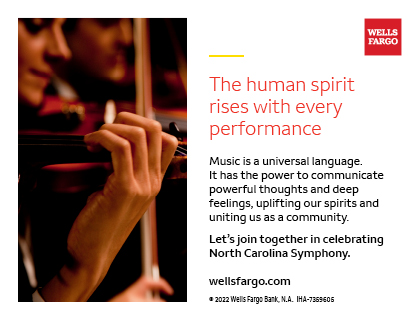New World A-Comin'
Edward Kennedy “Duke” Ellington (1899-1974)
THE STORY
On December 11, 1943, Edward Kennedy “Duke” Ellington and his band returned to Carnegie Hall for the second time in a single year. As his first appearance featured the premiere of his multi-movement work Black, Brown, and Beige, Ellington’s return was anticipated by many eager to see what new music the Duke might bring to the prestigious concert hall. The shining star on the program was New World A-Comin’, a rhapsodic composition for piano and dance band that featured Ellington as the standout soloist (he rearranged the work for orchestra a few years later).
As the general language of jazz grew more complex throughout the 1940s and ‘50s, jazz began to be appreciated for artistic design and skillful execution. New World A-Comin’ stands not only as a marker of Ellington’s pioneering compositional sensibility, but as a crucial step in jazz’s ascendance to the realm of art music. Over several distinct thematic sections, each with its own character and design, Ellington weaves together lushly orchestrated textures, bluesy melodies, and bustling piano passages into a convincing whole—while showcasing the virtuosity of the pianist in dialogue with the orchestra.
LISTEN FOR
- The opening brass motive in the strings, followed by the solo piano—a musical idea that returns throughout the piece as a unifying element of the work
- Ellington’s trademark rapid arpeggios in the right hand of the piano part, which ornament the melody
- The sauntering second section consisting of a shuffling percussion beat, an accented bass line, and two alternating bluesy themes—each introduced first by the piano
- Ellington’s densely complex chords, particularly noticeable in the piano part
INSTRUMENTATION
Solo piano; piccolo, two flutes, two oboes, two clarinets, two bassoons, four horns, four trumpets, three trombones, tuba, timpani, percussion, harp, strings

